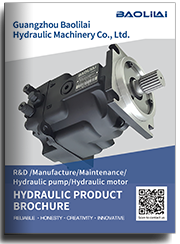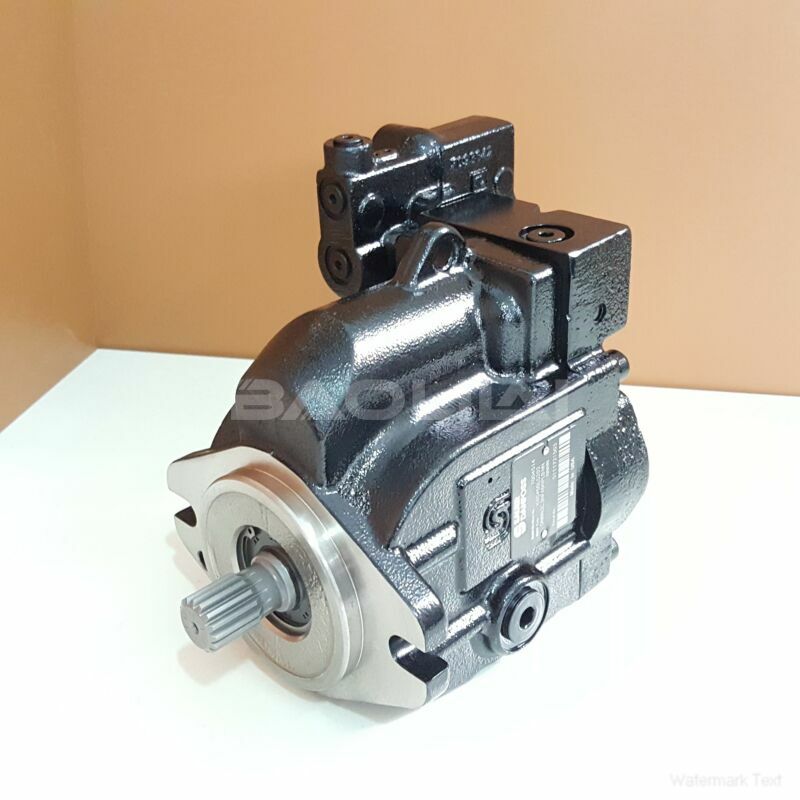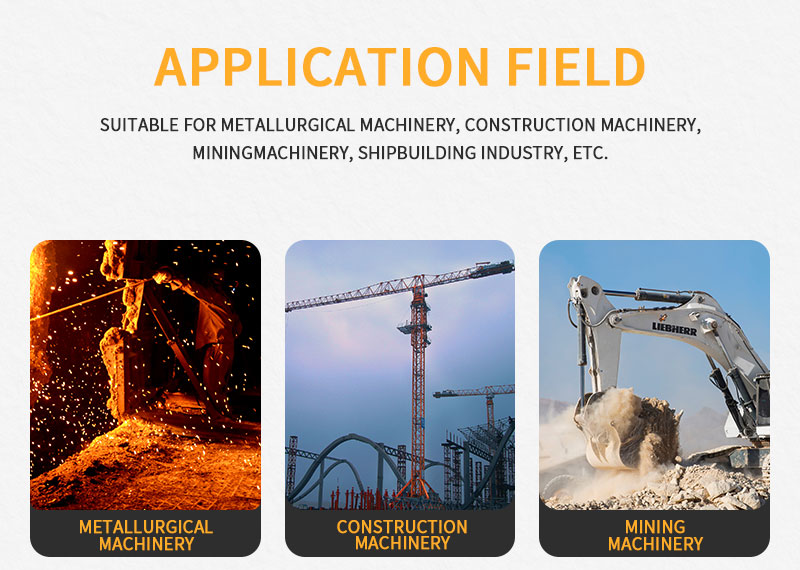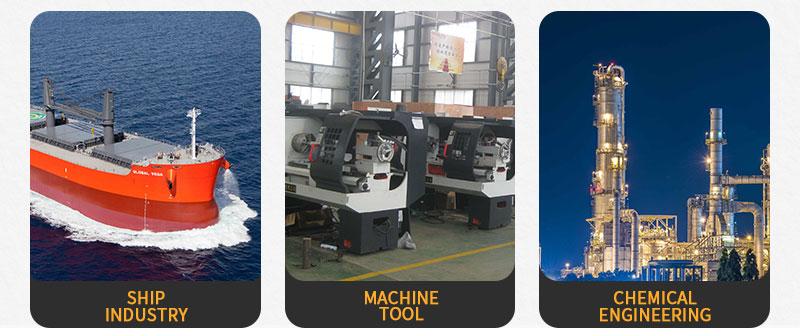KRR045DLS2120NNN3C2NFA6NPLBNNNNNN danfoss pump
KRR045DLS2120NNN3C2NFA6NPLBNNNNNN danfoss pump

- Product Details
- Applicable Scene
In the automotive industry, the quality of paint and coatings is critical for both aesthetic appeal and protection against environmental factors. To achieve optimal results, the efficiency of the painting process plays a significant role. One of the key components that influence this efficiency is the hydraulic oil pump. This article explores the design considerations for hydraulic oil pumps aimed at enhancing high-efficiency car painting and coating systems.
KR-R-045D-LS-21-20-NN-N-3-C2NF-A6N-PLB-NNN-NNN
KRR045DLS2120NNN3C2NFA6NPLBNNNNNN
Hydraulic oil pumps play a vital role in managing the flow and pressure of paint and coating materials during application. The design of these pumps must focus on achieving high-pressure delivery, maintaining consistent flow rates, and ensuring compatibility with various types of coatings used in automotive applications.

701302
One of the primary design considerations is the selection of materials. The pump components must be resistant to the corrosive nature of certain paints and solvents. Materials such as stainless steel, special alloys, and advanced polymers are often used to enhance durability and reduce maintenance costs. Additionally, seal design must prevent leaks and minimize contamination, which can significantly affect paint quality.
Efficiency is further enhanced by optimizing the pump’s geometry. The impeller design, for instance, plays a critical role in achieving high flow rates with minimal energy consumption. Utilizing techniques such as computational fluid dynamics (CFD) during the design phase allows engineers to simulate and analyze the fluid flow within the pump, leading to improved performance and reduced cavitation risks.
Noise reduction is another important factor in pump design. Hydraulic pumps can generate significant noise during operation, which may be undesirable in an automotive manufacturing environment. Implementing sound-dampening materials and designing for low-vibration operation can help create a quieter workplace.
In addition to mechanical design, the integration of smart technologies into hydraulic pump systems is becoming increasingly important. Monitoring systems that track pressure, flow rates, and temperature can provide real-time feedback, allowing for proactive maintenance and adjustments. This not only enhances the overall efficiency of the painting process but also minimizes downtime due to equipment failure.
Moreover, the ability to adjust the pump’s operation in response to varying paint viscosity and other factors contributes to a more flexible and efficient process. Variable-speed drives (VSDs) can be incorporated to modulate pump performance according to the specific requirements of the coating being applied, thereby optimizing energy consumption and reducing waste.





